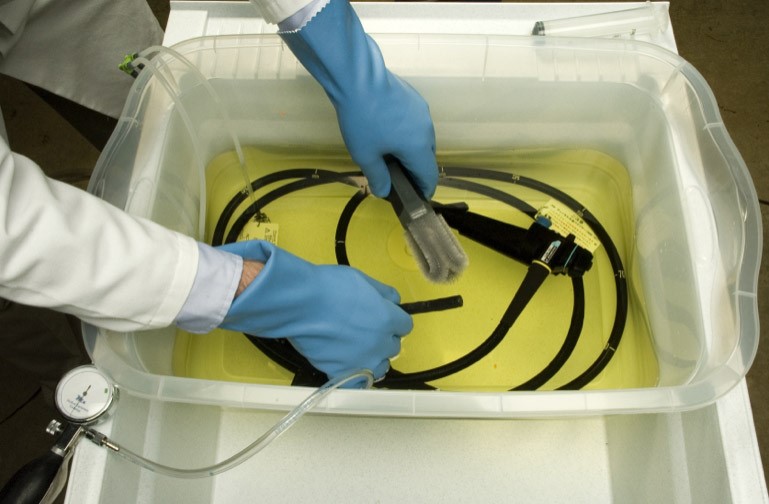The COVID-19 pandemic has had a profound impact on many aspects of daily life. Endoscopy is no exception. The practice of endoscopy requires the use of specialized equipment which must be properly sterilized and disinfected. If you are looking for endoscopy sterilization (Also called strilisation par endoscopie in the French language) then, you can check the online website.

Image Source: Google
The Centers for Disease Control and Prevention (CDC) has issued guidelines for endoscope sterilization in the age of COVID-19. The primary goal is to reduce the risk of transmission by minimizing the number of people who come into contact with the endoscope and its components.
In addition, the CDC recommends that endoscopes be disinfected using a high-level disinfectant after each use. This should be followed by an automated endoscope reprocessor (AER) cycle to ensure that all surfaces are thoroughly sanitized. The AER cycle should include a detergent soak, an intermediate rinse, and a final rinse with sterile water.
Finally, the CDC recommends that endoscopes be stored in a clean, dry place to reduce the risk of contamination. This may include a designated storage cabinet or area that is regularly disinfected.
The impacts of COVID-19 on endoscope sterilization protocols have been significant. However, by following the recommended guidelines, healthcare professionals can ensure that endoscopes are properly disinfected and that patients are kept safe.